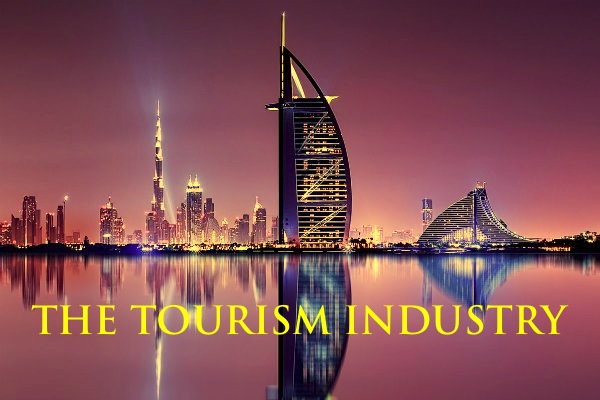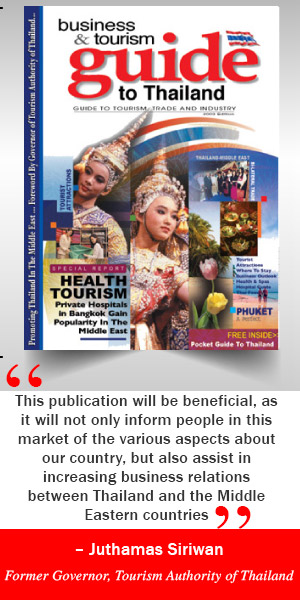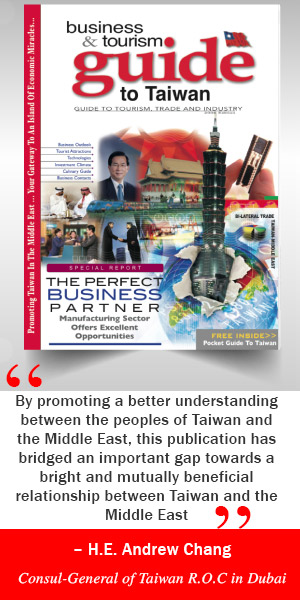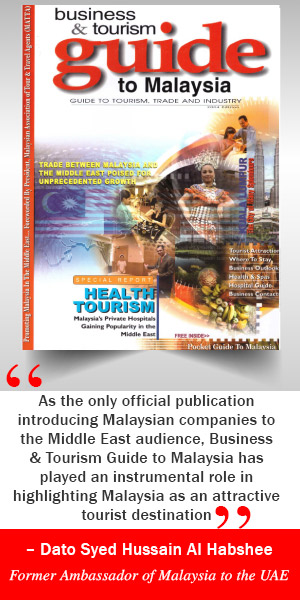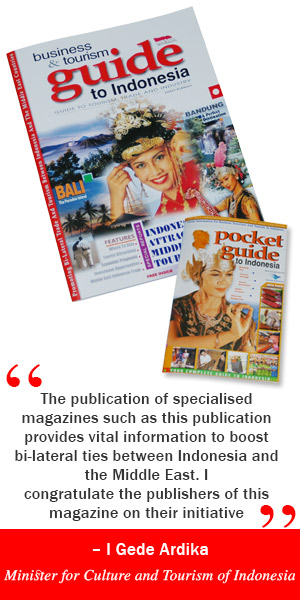Global tourism industry also felt the tremors of the international economic meltdown and grew by 4.2% to 1.5 billion trips in 2019; compared to the impressive 6% growth it had registered in 2018.
The top 100 cities in the international tourism map have continuously improved their numbers and receipts as tourism has become a major contributor to the national GDP of may countries around the world – which in turn has led to smart city developments, encouraged by governments’ long-term tourism strategies and significantly increased investment in travel and tourism over recent years.
According to a recent report by Euromonitor, tourist destinations in Asia continue to outgrow other regions, accounting for 43 of the top 100 cities that were most-visited in 2019. This number has steadily increased from 34 cities in 2013. Hong Kong continues to lead the city arrivals globally despite the political unrest and protests which lead to a sharp decline in the number of visitor arrivals in 2019.
In South-East Asia, most tourist destinations registered strong growth, particularly Vietnam. Outbound tourists from China and India contributed to this growth.
Chinese Tourists
China has emerged as an important source market for inbound tourists and many countries are now targeting Chinese tourists through social media platforms like WeChat, as well as working closely with local travel intermediaries, bloggers and media houses to launch promotional campaigns across China. Rising income levels and increased millennial travellers from Asian economies has also increased intra-regional travel in Asia and regions in closer proximity such as the Middle East and Africa.
Europe remains the second key region for travellers with 32 cities in the rankings, the same as in 2018.
However, the uncertainty surrounding Brexit remained a big concern for travellers which led to a decline in the number of inbound arrivals to London.
The country with the highest receipts per arrival is Luxembourg followed by Australia both earning about US$ 4,900 per international arrival
Cities in North America continue to perform well, however, most cities lost their rankings owing to increased competitiveness from Asian and European city destinations. Latin America cities face challenges with Mexico City leaving the ranking and only four cities featuring in the Top 100 City Destinations ranking this year – with all four experiencing a decline in their position.
The Middle East and Africa continued to pose stable growth, with leading destinations such as Dubai experiencing flat growth. Saudi Arabia, the second most important market in the Middle East region, saw a slowdown in religious tourism and arrivals for the purpose of visiting friends, family and relatives, following the country’s efforts to reduce workforce dependency on expats.
Africa’s Tourism Industry
Growth in Africa’s tourism industry was led by North Africa, as Tunisia continued to consolidate recovery thanks to the lifting of negative travel advice and an increase in visitor flows from European source markets. Morocco, the subregion’s largest destination, grew at a robust rate.
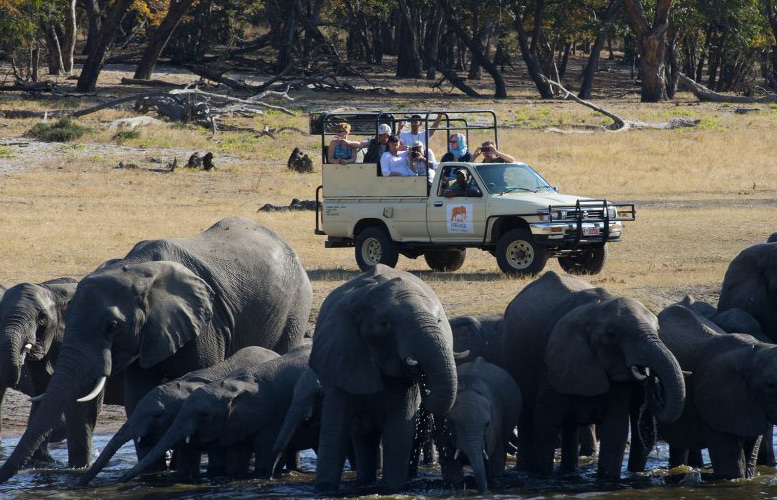
In Subsaharan Africa, island destinations Reunion, Cabo Verde, Comoros, Mauritius and Seychelles posted robust growth. Kenya recorded positive results, thanks to improved security and more air connectivity, as well as Togo, Uganda, Côte d’Ivoire and Zimbabwe. Africa’s most visited destination South Africa reported moderate growth, partly due to a strong currency and a drought crisis in Cape Town.
While leading cities have benefited from their own popularity, many destinations are now faced with issues of overcrowding, pollution and transport management. There has been a greater focus on enhancing infrastructure and airport capacities through new terminals and improved passenger facilities. Further, smart city initiatives and integrating digital platforms to facilitate travel services have been a key trend to improve efficiency and reach in the travel sector.
With the increased importance of travel and tourism to a country’s economy, many regional peers are looking to build alliances to boost regional travel. Such alliances include London and Paris in Europe and Egypt and Saudi Arabia in the Middle East and Africa – resulting in shared resources, destinations and more dynamic travel offerings and packages.
Join our social community on Facebook, Instagram, YouTube and TripAdvisor √√



